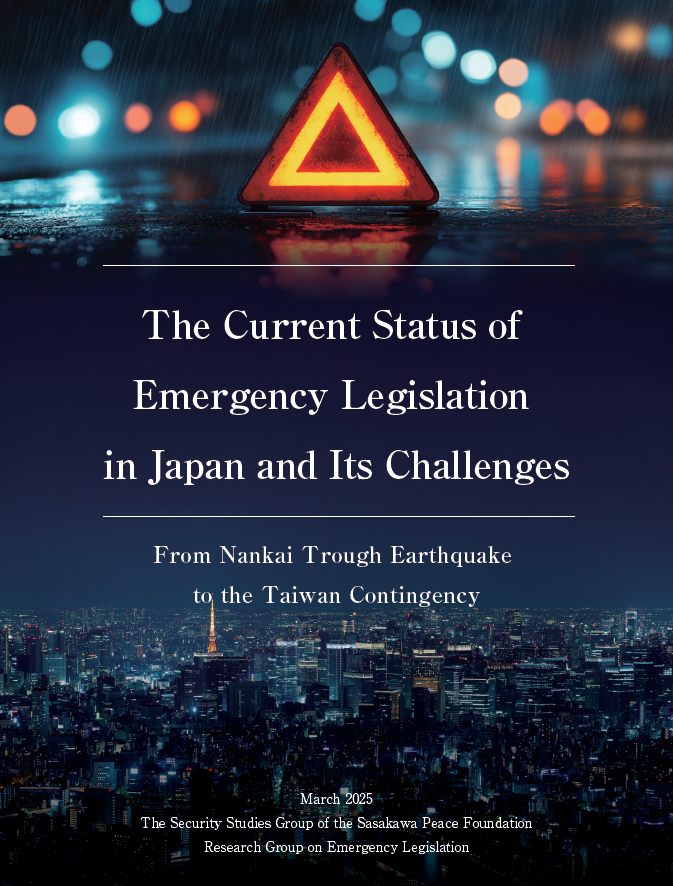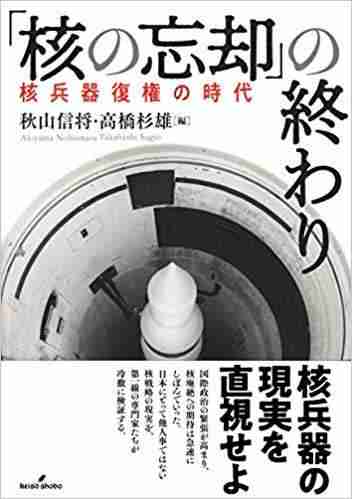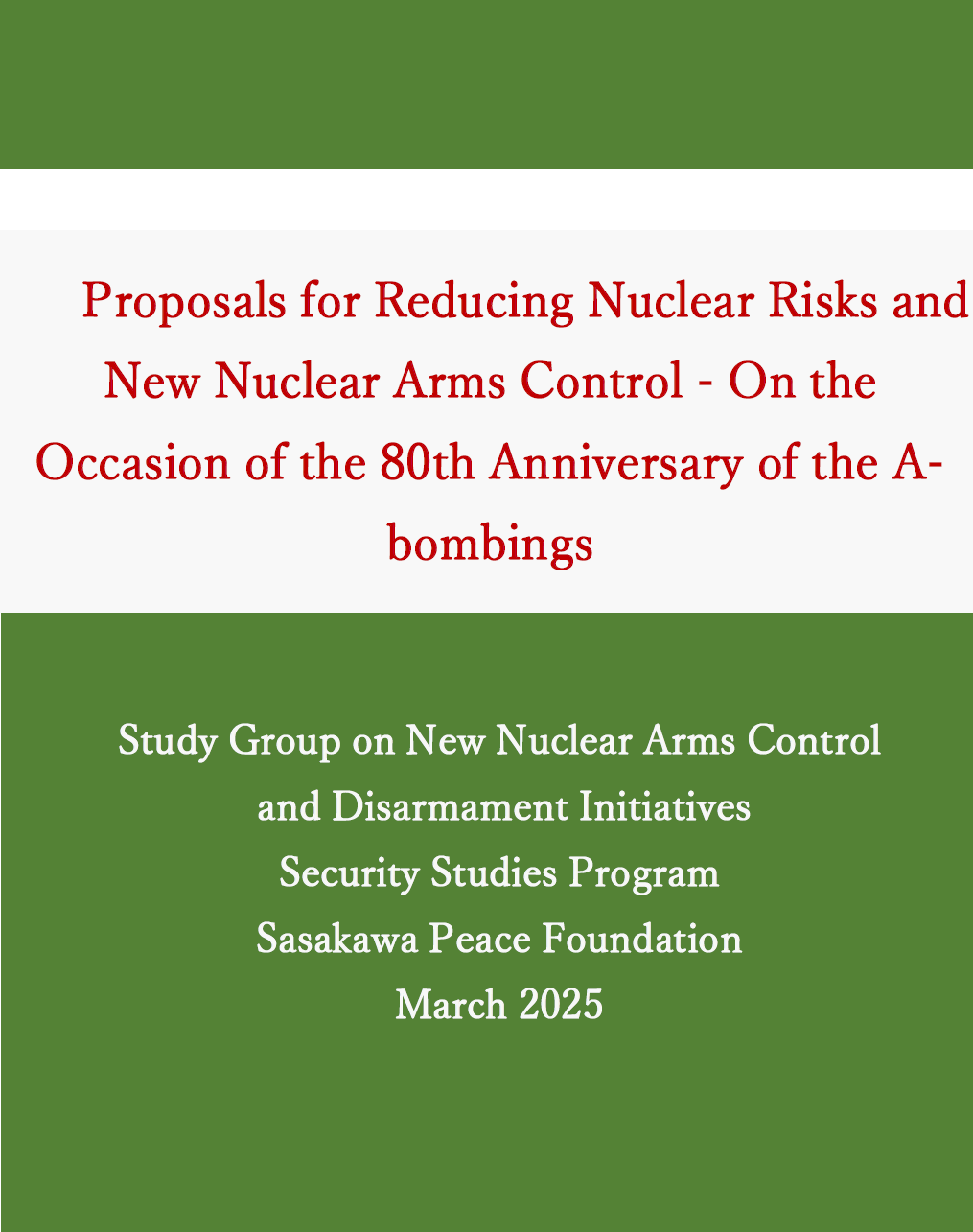
- Nuclear Weapons in the Two Intellectual Directions
- The “Revival” of Nuclear Weapons
- The Issues Covered in the Book
- The Strategic Premises of Nuclear Strategy Under the Cold War
- The End of the Cold War and the Changing Premises of Nuclear Strategy
- The Prague Speech and the“Revival of Nuclear Weapons”
- The Challenges of Nuclear Strategy After the “Revival”of Nuclear Weapons
- Declaration Policy and Operation Policy
- The Russian Nuclear Doctrines as“Asymmetric Strategy”
- The Reality of the Nuclear Capability Maintenance
- Nuclear Capability of China-from “Minimal Deterrence” to “Assured Retaliation”
- U.S.-China Nuclear Relationship-The Implicit Formation of “Strategic Stability”
- The Issues of the Removal of Tactical Nuclear Weapons in Europe-1991~2012
- Strengthening the Deterrence Posture against Russia-2013~2016
- The Trump Administration and NATO-2017~2018
- The Challenges of Strengthening Nuclear Posture and Threat Reduction
- The Nuclear Strategy and Nuclear Posture of Pakistan
- The Nuclear Strategy and Nuclear Posture of India
- Distance to the“Prosecution of Nuclear Wars”
- Cyberspace and the Information Technology
- Hybrid Warfare and Strategic Stability
- Pursuit of a Robust System
- Determining Factors of the Existence of Nuclear Weapons
- Nuclear Weapons as the “Weapon of Order”
- New International Environment surrounding Nuclear Weapons
- Nuclear Weapons and Morality-Divided World over Nuclear Weapons
- Japan’s Declaration Policy on Extended Deterrence
- Deterrence against North Korea
- China
The End of Nuclear Forgetting
Revival of Nuclear Weapons
Since the end of the Cold War, the likelihood of nuclear war among major powers has decreased. The expectations of reducing the roles of nuclear weapons were increasing. Additionally, the discussion on the roles of nuclear weapons in the security domain seemed to have terminated, at least among Western countries. The words “nuclear forgetting” describe this termination.
In this research, the group analyzed the roles of nuclear weapons in the security environment of the 21st century and the diversity of nuclear deterrence and further discussed the trends of nuclear strategy among major powers—such as the U.S. and Russia; the roles of nuclear deterrence at the regional level; and the implications of technological evolution. We aimed at comprehensively addressing the issues of nuclear weapons in a changing world without considering the issue of nuclear deterrence as a taboo in Japan. It is important to capture the changes of the times and understand the different roles and meanings of nuclear weapons, which change depending on the region and target, instead of simply applying Cold War deterrence theory to the current security environment. It is also critical not to divide the discussions of security/deterrence and disarmament/arms control as separate topics.
Japan-U.S. Program | japan-us@spf.or.jp | Aya Murata
Description
| Category | book |
| Author/Editor | <Co-editors> Nobumasa Akiyama, Sugio Takahashi <Co-authors> Nobumasa Akiyama, Sugio Takahashi, Ken Jimbo, Yu Koizumi,Hirohumi Tosaki, Motohiro Tsuchiya, and Masahiro Kurita |
| Date of Publication | June, 2019 |
| Content | Prologue. The Reality of “Revival of Nuclear Weapons”[Takahashi・Akiyama] Chapter 1. The U.S.-Rebuilding of Nuclear Deterrence Strategy[Takahashi] Introduction Conclusion Chapter 2. Russia-The Russian Version of“De-Escalation”Strategy[Koizumi] Introduction Conclusion Chapter 3. China-The Transition from “Minimal Deterrence” to “Assured Retaliation”[Jimbo] Introduction-”Asymmetrical Balance”; Maintain or Not Conclusion Chapter 4. NATO-The End of“Nuclear Forgetting”?[Tosaki] Introduction Conclusion Chapter 5. India and Pakistan -The 20 years of “Weapons for Deterrence”[Kurita] Introduction Conclusion-The Stability of Deterrence Chapter 6. Nuclear Control and Cybersecurity[Tsuchiya] Introduction-Mist of the Cyber Battlefield Chapter 7. Nuclear Weapons as the “Weapons of Order” and the Divided World[Akiyama] Introduction-The Framework to Consider Nuclear Weapons and International Politics Conclusion Epilogue. Japan-Nuclear Deterrence under the Most Challenging Security Environment in the World[Takahashi] Introduction Conclusion |
| Note | Publisher: Keiso Shobo ISBN: 978-4-326-30280-2 JAPANESE ONLY This book is based on the SPF project research "Changing role of the nuclear weapons in the world" https://www.spf.org/en/jpus/nuclear/ |

